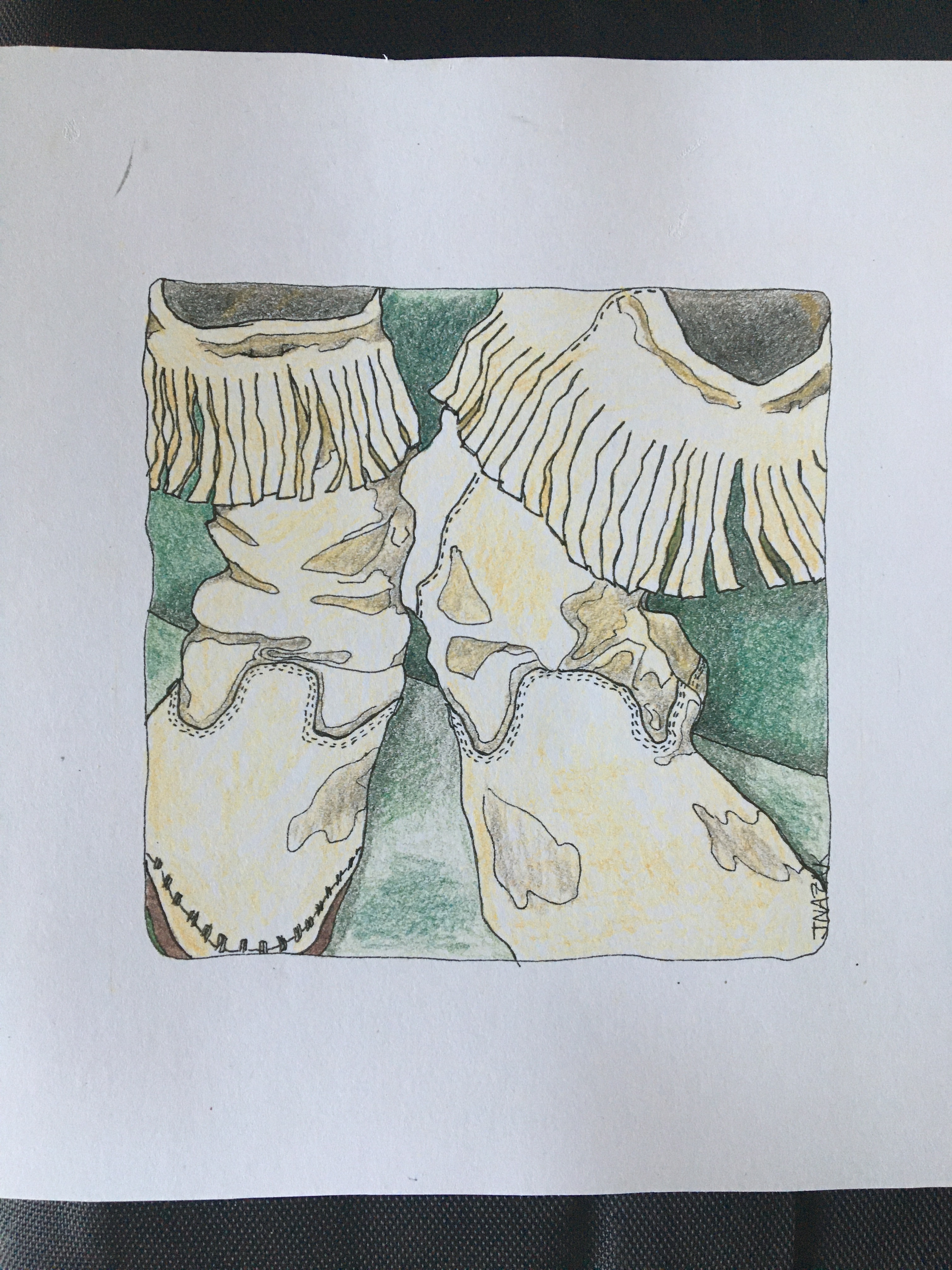As ecologically minded citizens we become accustomed to dealing with grief. Wildfires, floods, wetlands paved over, animals extinct — each takes its toll not only on the physical environment but also on our own inner landscape. But some hit us harder than others. Last week I read a sentence that just flattened me:
“Unfortunately, we humans are now in a position to declare victory in our long war on insects.”
This was written by a professor and entomologist named Doug Tallamy.
And it just sums up the full hideous truth of how very powerful we humans have become. Coming face to face with the enormity of things is a dual-edged sword. On the one hand, it’s a call to wake up, be real, get one’s priorities straight. On the other hand, it can sap the will; induce depression and paralysis.
In recent years I’m finding that taking care of my mental health and becoming more deeply connected with my lifelong spiritual/metaphysical inclinations are the two top most essential things that I need in order to persist in my work as an environmental educator/activist.
Lately I have stumbled on a social movement (I rely heavily on being able to tap into social movements, even if it’s mainly online) called Deep Adaptation. It’s about acknowledging the full enormity of things, and finding ways to be ethical compassionate citizens of a reality that we as a civilization may not survive. I have relied heavily on faith, hope, and optimism to get through life and keep me going in my work. But I am no fan of false hope. The silver lining of facing the very real prospect of a societal collapse and worse is that it refines one’s choices; carves away the superfluous; helps one stop second-guessing one’s choice of freelance environmentalism as a career; certainly helps one stop feeling “too drastic” for not wanting air-conditioning or a clothes-dryer and for carrying one’s reusable cup and spoon clipped to one’s belt and refusing car rides that are out of people’s way.
By facing, to the extent of our ability and willingness, the very real prospect of societal collapse, catastrophe, and human extinction, we shift our attention to a different field of choices, and open up to new realms of creativity. This shift quite possibly increases the likelihood that we will make choices allowing humanity to survive and even thrive.
I don’t know about you, but I find it exhausting sometimes, leading what feels like a double life or straddling two worlds. I go to meetings where transportation experts are making highway plans for the year 2045. Good grief, will we still be driving the same old same old cars the same old same old ways then? I go to financial seminars where shiny young successful people are planning on how they are going to save enough money so they’ll have the $10,000 a month that they say they need to enjoy a prosperous retirement.
And I hang out in circles where people are circling up on rural homesteads, trying to hoard or grow everything to meet their family’s needs. And I know plenty of people who don’t earn $10,000 every six months, let alone every month.
I know people who own four houses and they still don’t think it’s enough. And I personally know many people who don’t have one roof over their head.
I live in a world where landscaping contractors spray herbicide through a hose; such a high volume that I wishfully asked if they were watering the plants. And I live in a world where I’m the wild crazy one for calling out, “Hey, what are you doing?”
I could go on but you get the idea. It feels like living in the twilight zone sometimes, and we all have to find our personal balance between the worlds we straddle.
Plugging into the Deep Adaptation movement is one way that I’ve found some kind of social companionship (though it is only online) in deeply facing the full enormity of things and finding a rational, humane, compassionate response moving forward. I’ve been reading about this stuff for years (and feeling it myself, for years before I found it being written about by people far more educated and articulate than I). I’ve put links in my permanent sidebar but will include them here too.
I’ll also include Doug Tallamy’s article, which offers constructive suggestions on doing our part to avert the mass extinction of insects. His article is part of a trend I’m seeing, to view our residential yards as possibly the “next frontier” (and maybe last hope) of conservation.
Further Exploration:
In my latest “stream of consciousness” video, which I recorded the day after reading the insect quote, I express overwhelm, introduce Deep Adaptation. And, I express gratitude and joy in small things around me.
Welcome Bugs Into Your Yard – You Might Just Save the World: Article by Doug Tallamy in the Washington Post
Positive Deep Adaptation Facebook group: high-level companionship for wrapping our brains around it all and moving forward
Deep Adaptation papers by Jem Bendell: 1) Deep Adaptation: A Map for Navigating Climate Tragedy; 2) After Climate Despair: One Tale of What Can Emerge; 3) Barriers to Dialogue on Deep Adaptation (These papers are long but I consider them essential reading; Bendell is quite simply the best writer and thinker I know of on this topic. A topic I have been contemplating and experiencing on some level since I was a child.)
Amends, graphic novel by B.T. Lowry: An aging man in a wifebeater t-shirt makes an apology to those he has exploited, including Mother Earth. I have not read this yet but saw a couple of pages of it via one of the online forums. It is heart-rendingly beautiful. (“Where I found a multi-storeyed tapestry of life, I stripped you down to a mere monocrop fertilizer holder.”) On a general note about this last link: Storytelling and other arts are gaining attention as a key channel of response to the climate crisis. (Sweden has even appointed a Chief Storyteller to help people envision a world beyond the current hyperindustrialized, runaway-profit-extracting, fossil-fuel-dominated society). (Update: I bought and have read Amends. Really recommend it! In addition to the excellent main narrative, there’s an extra treat at the end, an imaginary conversation between St. Francis of Assisi and a Greta Thunberg-like figure.)

